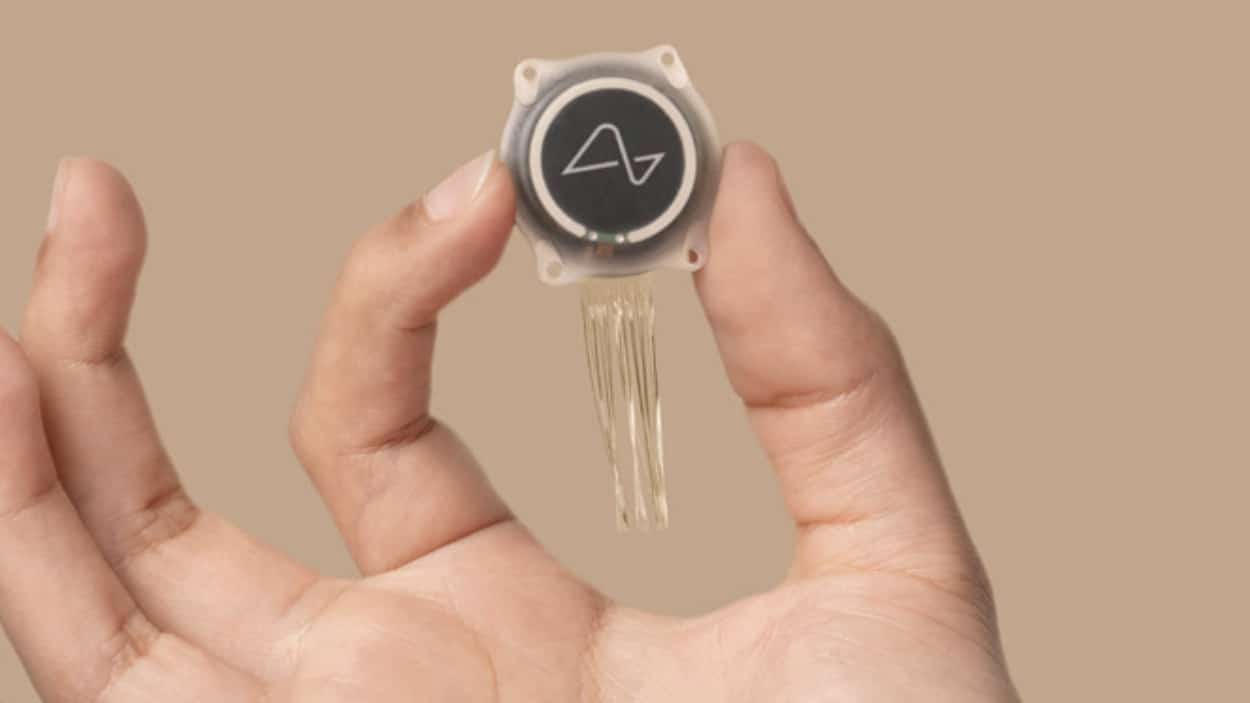Brain chips, also known as neural implants or brain-computer interfaces (BCIs), are moving from science fiction into real human trials. These cutting-edge devices connect directly to the brain to read, decode, or stimulate neural signals, enabling people with paralysis to control computers, prosthetics, or robotic devices with their thoughts.
In 2025, companies like Neuralink, Precision Neuroscience, and Synchron are conducting active human trials, testing how well these brain chips can restore lost function and open new frontiers in healthcare and technology.
🧠 What Are Brain Chips?
A brain chip is an implantable device designed to interface with neurons and synapses in the brain. Unlike external devices like EEG caps, implanted BCIs can capture signals with much higher accuracy and resolution.
These chips:
-
Use microelectrodes or ultra-thin threads to pick up neural activity.
-
Decode brain signals using AI and machine learning.
-
Translate thought patterns into commands (e.g., moving a cursor, typing, controlling a robotic arm).
The goal is to create a direct link between the brain and technology, restoring independence to people with disabilities and potentially enhancing human cognition in the future.
⚡ Why Brain Chips Are Important
Brain chip research is significant for several reasons:
-
Medical Applications – Restoring communication, movement, or vision for patients with paralysis, ALS, or spinal cord injuries.
-
Real-Time Control – Allowing fast, natural interaction with devices through thought.
-
Scientific Discovery – Giving researchers insight into how the brain processes information.
-
Future Potential – Beyond medicine, brain chips could one day be used for memory support, cognitive enhancement, or immersive virtual reality.
🏥 Brain Chips Currently Being Tested
Neuralink (Elon Musk’s Company)
-
Neuralink’s N1 implant uses thousands of flexible electrode threads inserted by a robotic surgeon.
-
In 2024, the first human patient (Noland Arbaugh) used the implant to move a computer cursor and play chess by thought.
-
As of 2025, Neuralink has implanted three patients, with plans for 20–30 more this year.
-
Reported issues include electrode thread retraction, but patients continue to use the devices successfully.
-
Neuralink also has a project called Blindsight, aimed at restoring vision by stimulating the visual cortex.
Precision Neuroscience – Layer 7 Cortical Interface
-
Uses a 1,024-electrode array placed on the brain’s surface.
-
FDA granted Breakthrough Device designation in 2025.
-
Already tested in dozens of patients, with implants lasting up to 30 days.
-
Applications include treating epilepsy and providing advanced brain mapping.
Synchron – The Stentrode
-
A minimally invasive brain chip that is implanted via blood vessels, avoiding open brain surgery.
-
Tested in people with ALS and paralysis, enabling them to send texts, emails, and control computers.
-
FDA granted Breakthrough Device status in 2020, and trials continue successfully.
Other Research Efforts
-
University of Michigan: Developing speech-decoding implants for stroke patients.
-
Coating Innovations: New materials make implants last longer inside the brain without scar tissue interference.
-
Adaptive Algorithms: Using neuromorphic computing to improve signal decoding efficiency.
-
Closed-Loop Brain Stimulation: Medtronic launched the first commercial closed-loop deep brain stimulator in Europe in 2025.
🔧 How Brain Chips Work
Brain implants rely on several technologies:
-
Electrode arrays or threads to record neural spikes.
-
Signal decoding software to translate activity into actions.
-
Wireless communication to transmit data without wires through the skull.
-
AI algorithms to adapt and maintain accuracy as brain signals change over time.
✅ Benefits of Brain Chips
-
Restore independence for patients with paralysis.
-
Enable natural control of devices without physical movement.
-
Advance neuroscience research and medical treatments.
-
Open future possibilities for enhanced human-computer interaction.
⚠️ Risks and Challenges
-
Surgical risks: bleeding, infection, and tissue damage.
-
Longevity: devices may fail or lose accuracy over time.
-
Biocompatibility: scar tissue can degrade signal quality.
-
Security: implants must be protected against hacking.
-
Ethics: questions about consent, enhancement, and data ownership.
🔮 Future of Brain Chips
The next decade will likely bring:
-
More human trials expanding to international patients.
-
Closed-loop systems that not only read but also stimulate brain activity.
-
Improved materials to make implants safer and longer-lasting.
-
Non-invasive alternatives like ultrasound or advanced EEG.
-
Regulation and ethics frameworks for safe adoption.
Brain chips will first transform medicine, but in the long term, they could redefine how humans interact with technology.




